MAN201 - Organisational Behaviour: Social Organisation of Work Report
VerifiedAdded on 2023/01/18
|7
|1204
|24
Report
AI Summary
This report delves into the crucial concept of social organization of work within an organizational context. It emphasizes the importance of a well-structured social framework for employee well-being and competitive advantage. The report dissects key components including hierarchy and delegation of authority, the role of trade unions, the significance of equality, the balance between manual and automated labor, and the influence of strategic objectives. It highlights how these elements contribute to employee engagement, corporate social responsibility, and overall organizational sustainability. The report underscores the importance of social organization of work in ensuring stakeholder satisfaction and the long-term success of a company, concluding that its integration is vital for fostering a positive work culture and achieving strategic goals. The report also includes references to academic sources that support the arguments provided in the report.
1 out of 7
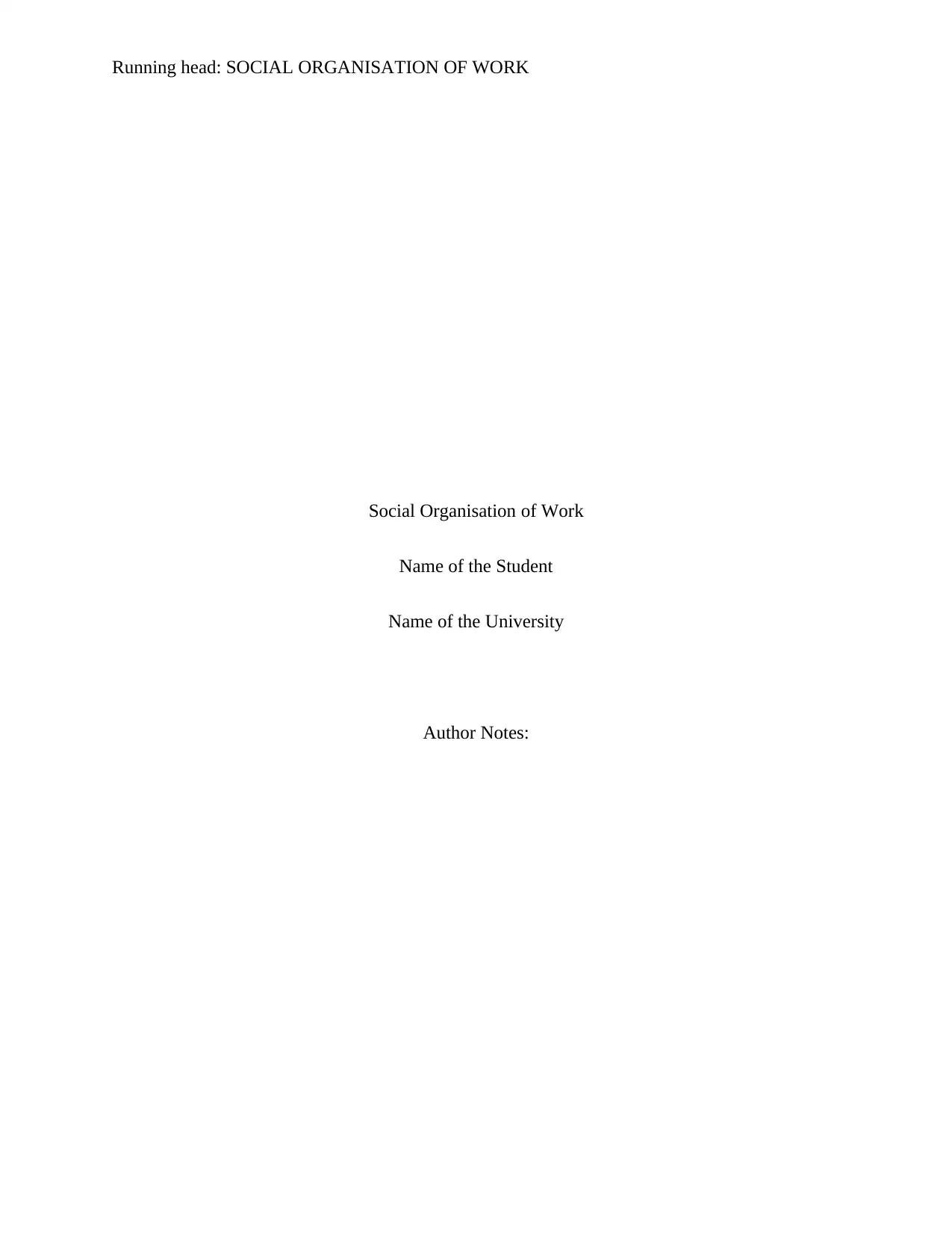
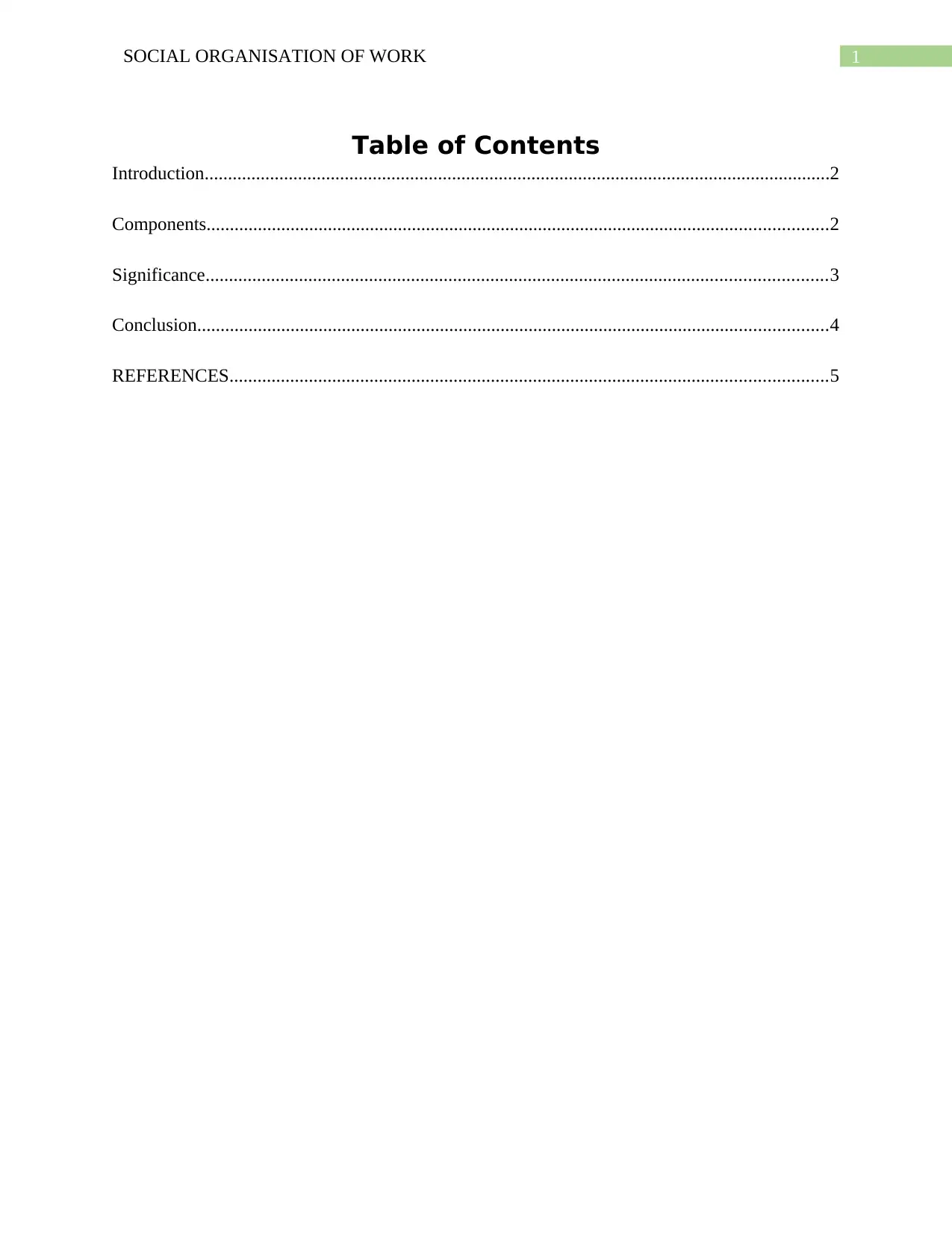
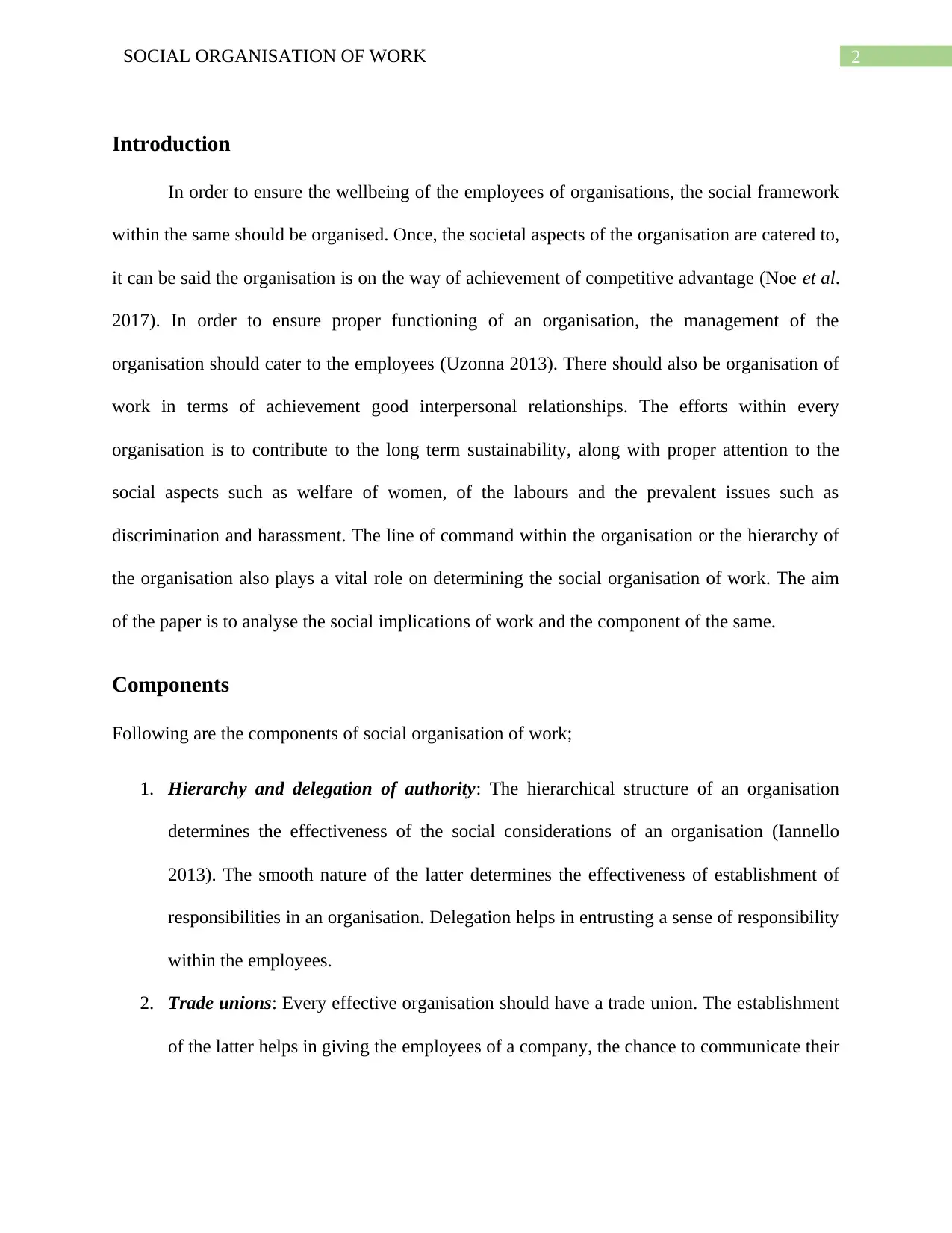
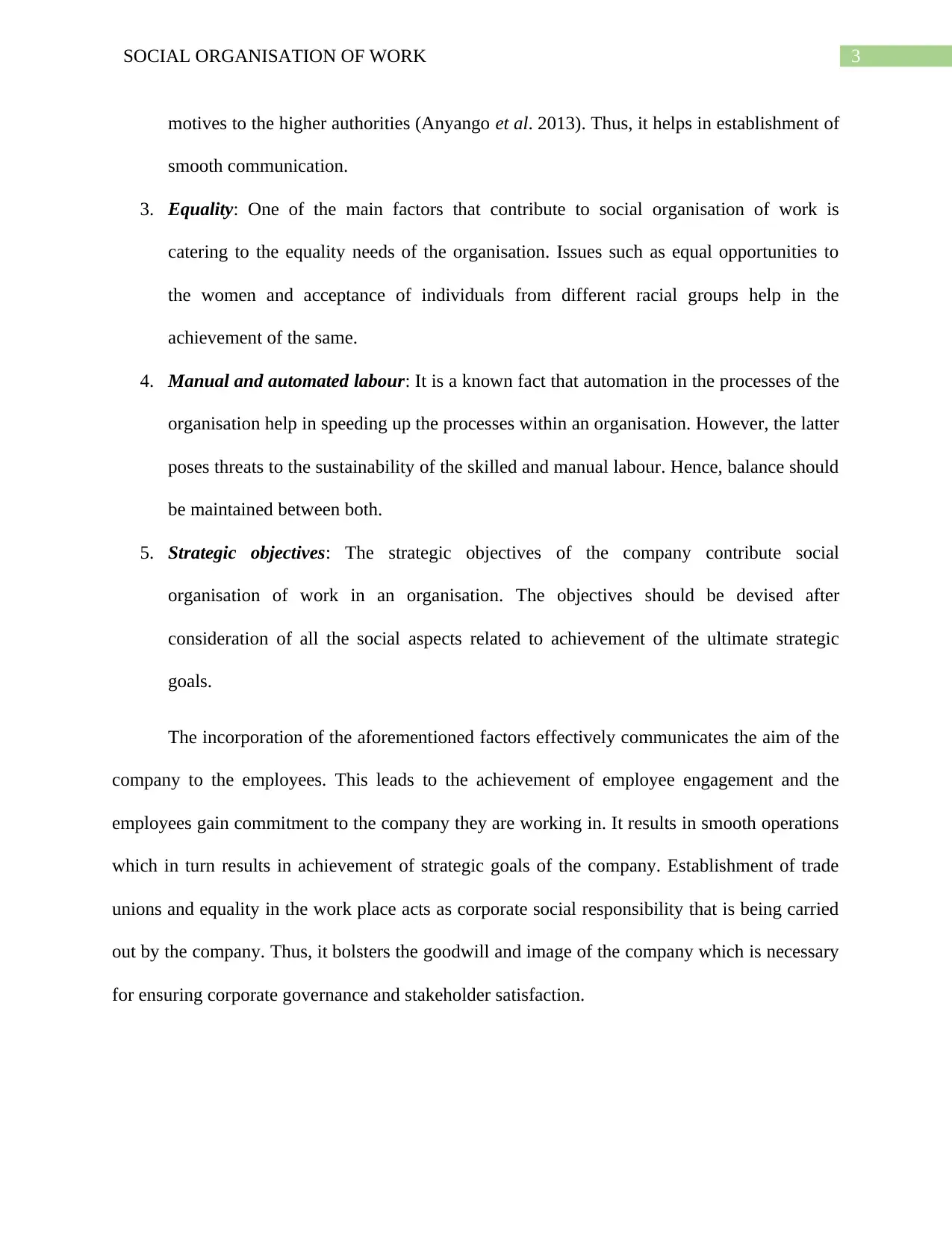
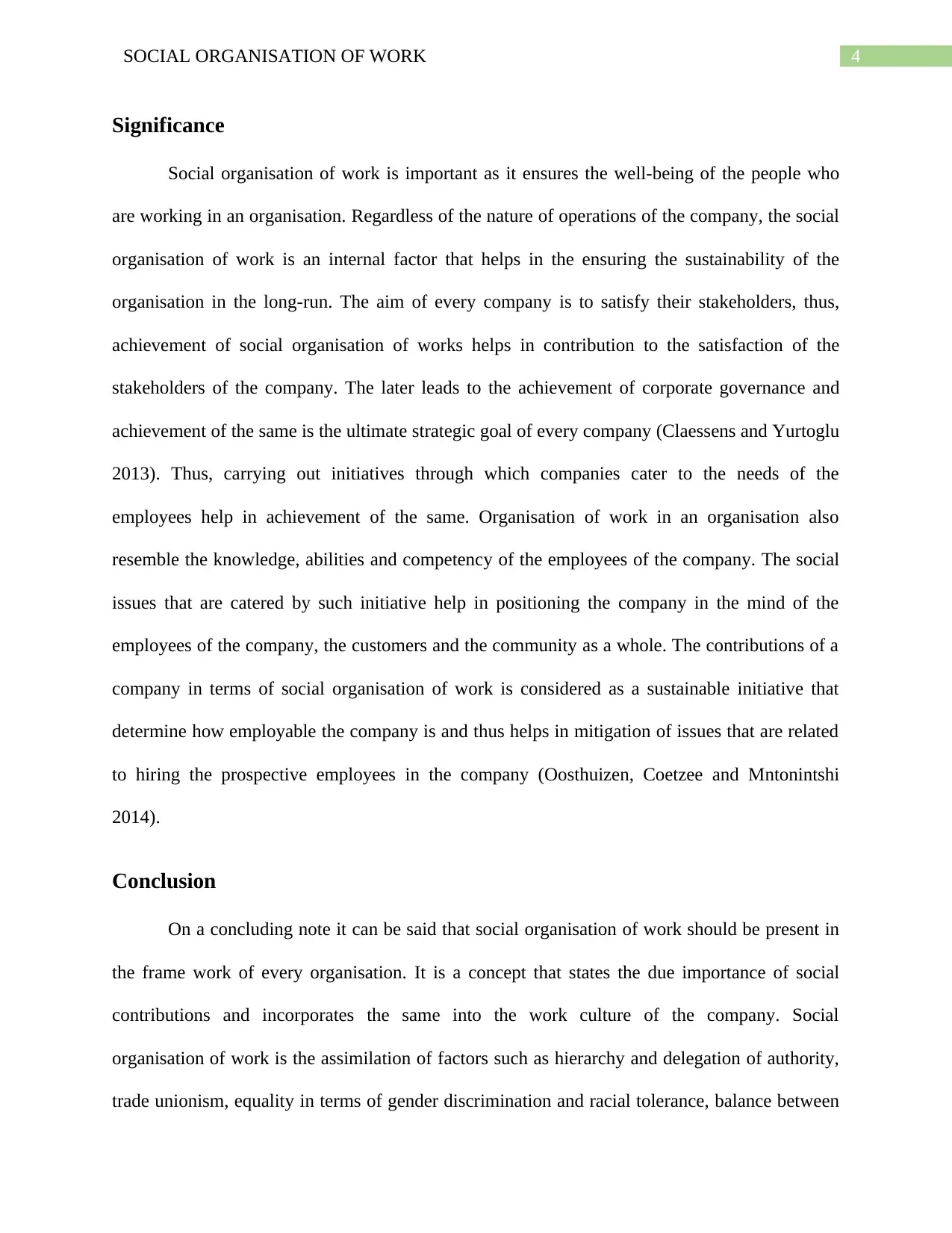
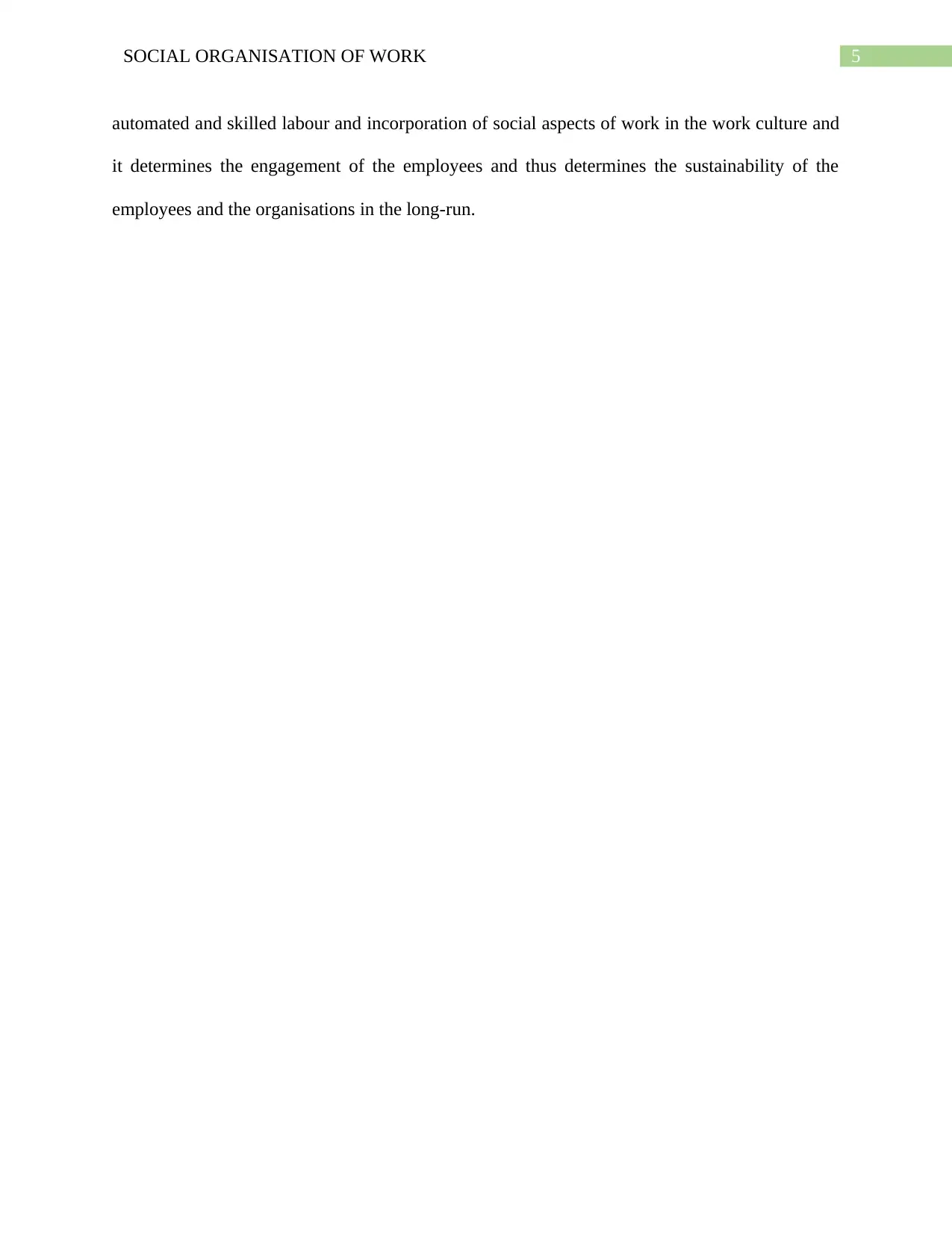
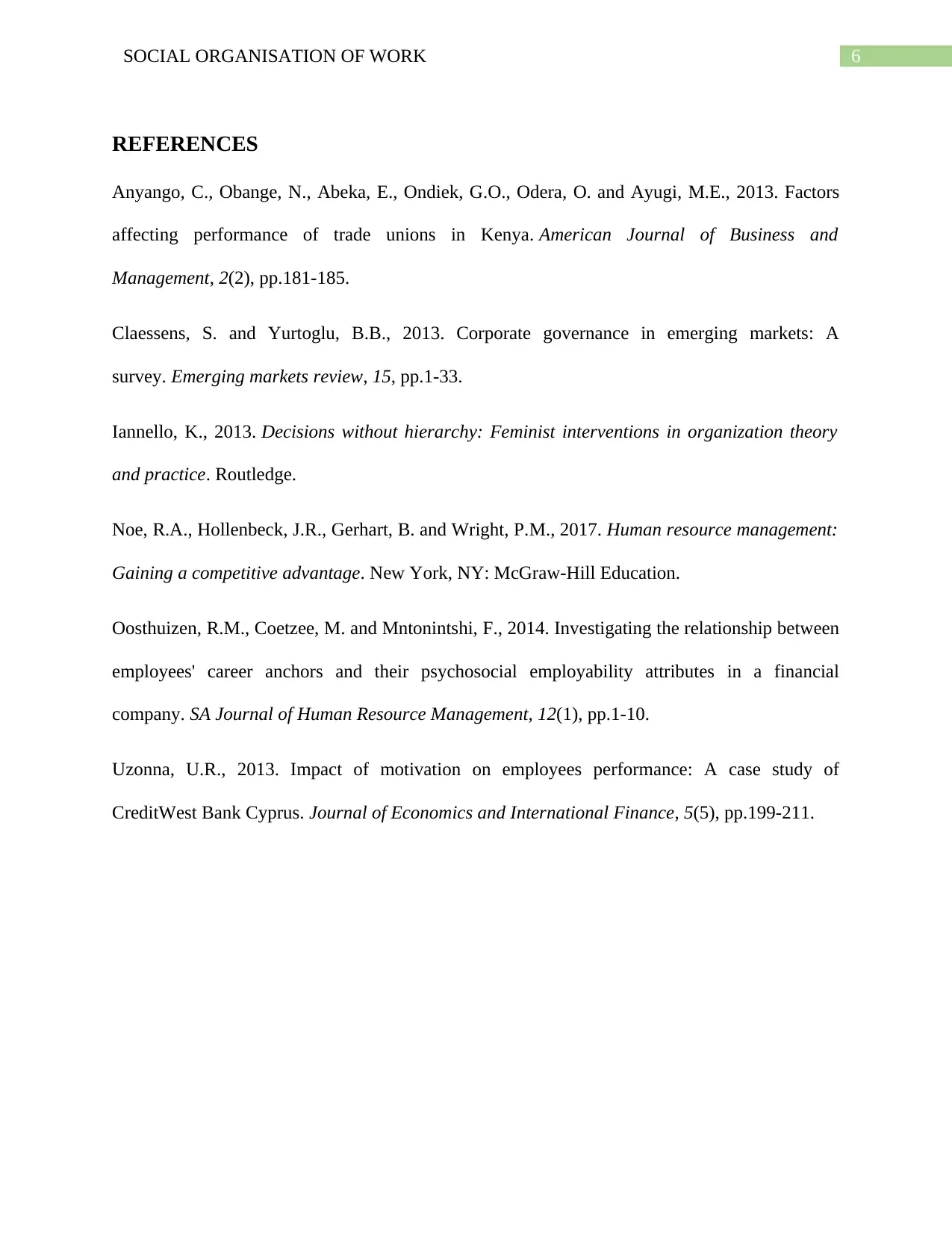






![[object Object]](/_next/static/media/star-bottom.7253800d.svg)